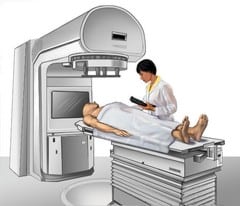- Obesity
- Human papillomavirus
- Early menstruation
- Late menopause
- Sexual activity at an early age
Gynecologic cancer refers to cancer that forms in a woman’s reproductive tract. Widespread screening with the Pap tests have allowed doctors to find pre-cancerous changes in the cervix and vagina. This has helped prevent the development of some invasive cancers. Learn more about signs, symptoms and treatment options for gynecologic cancer below.




